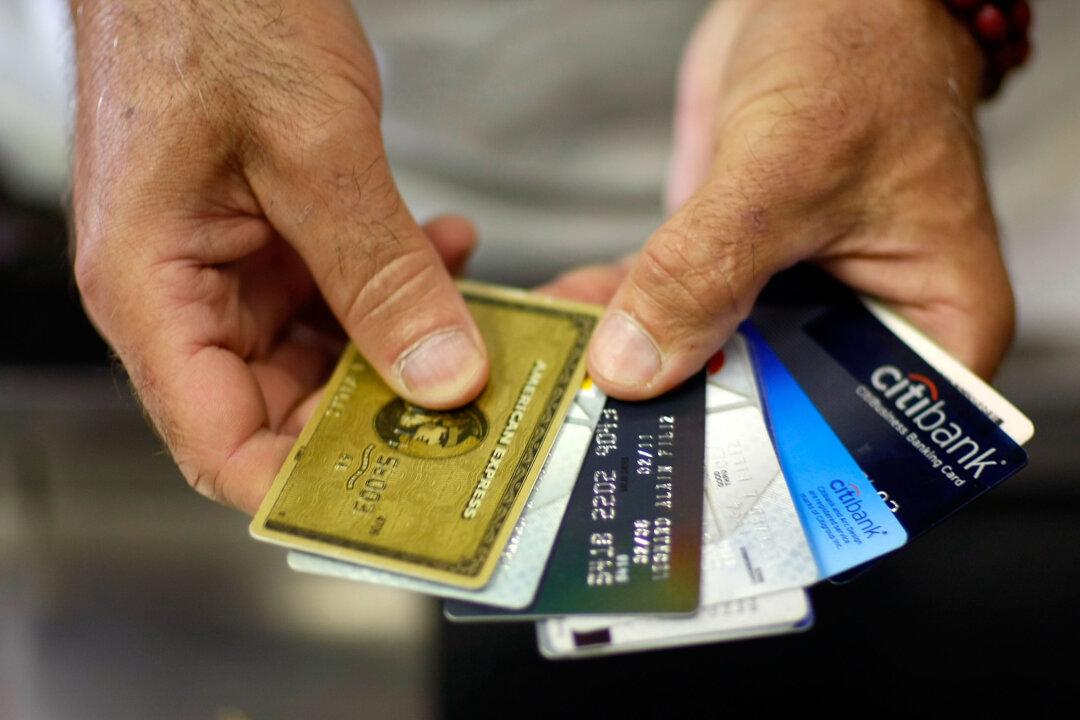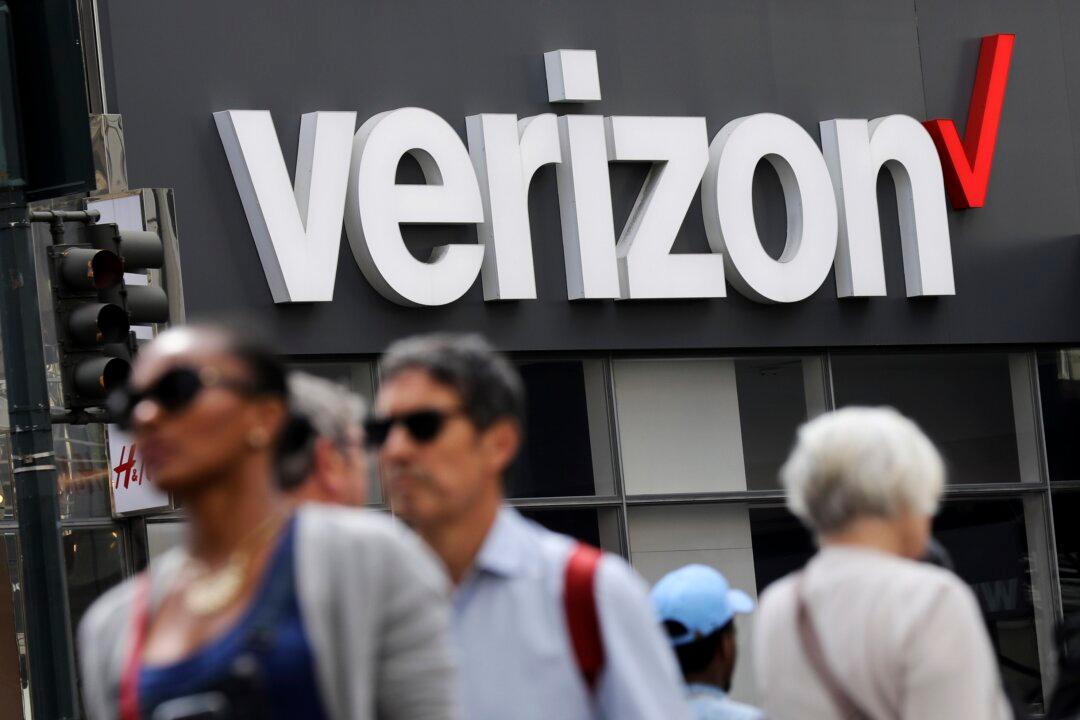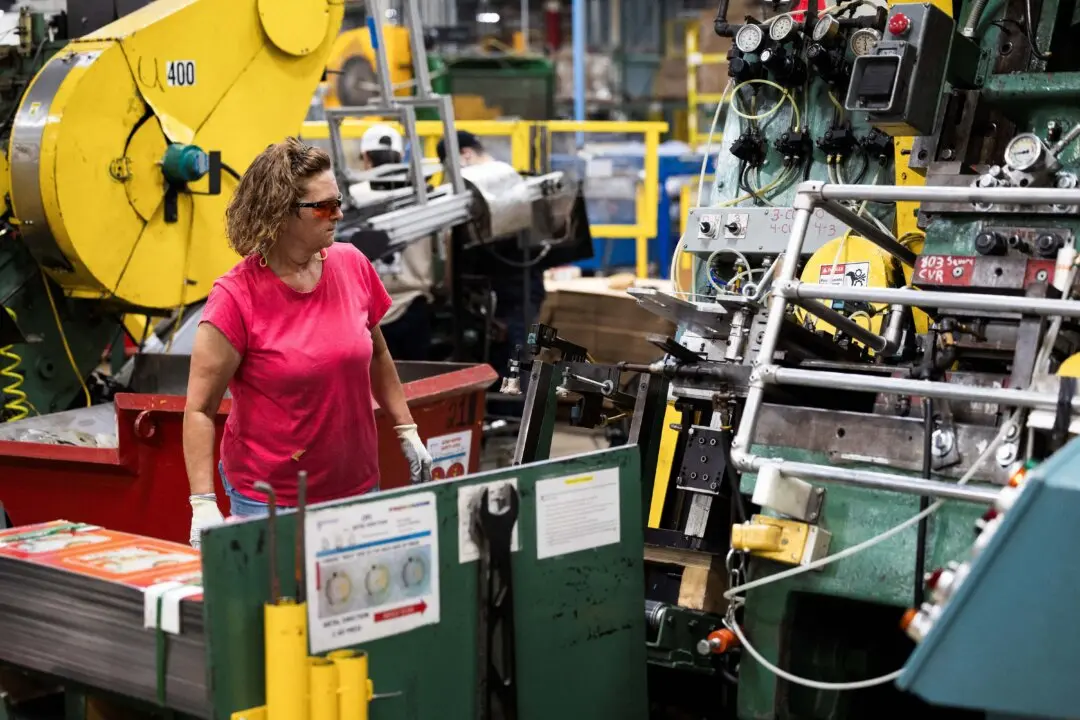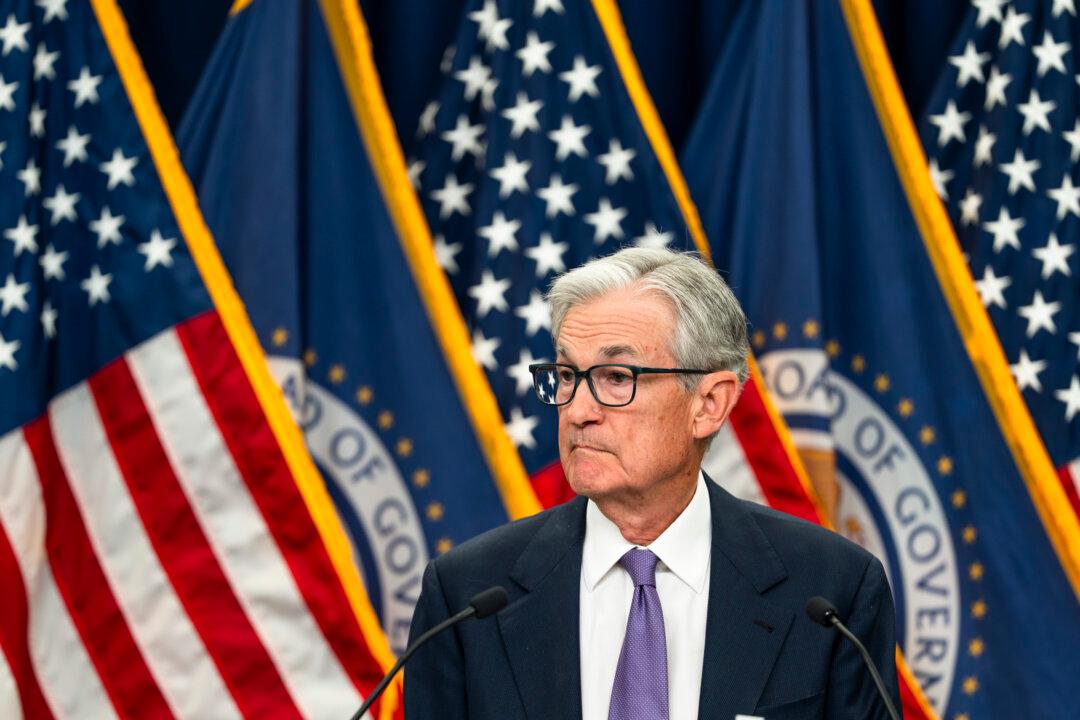With rampant price inflation eating away at household budgets, U.S. consumers are saving less, using debt to keep their heads above water, and losing confidence in the economy.
In April, the household savings rate tumbled to 4.4 percent, down from 6.2 percent in March, according to the Bureau of Economic Analysis (BEA). This is the lowest it has been since the 2008–2009 Great Recession. In the early days of the public health crisis, the U.S. household savings rate was just under 35 percent.





